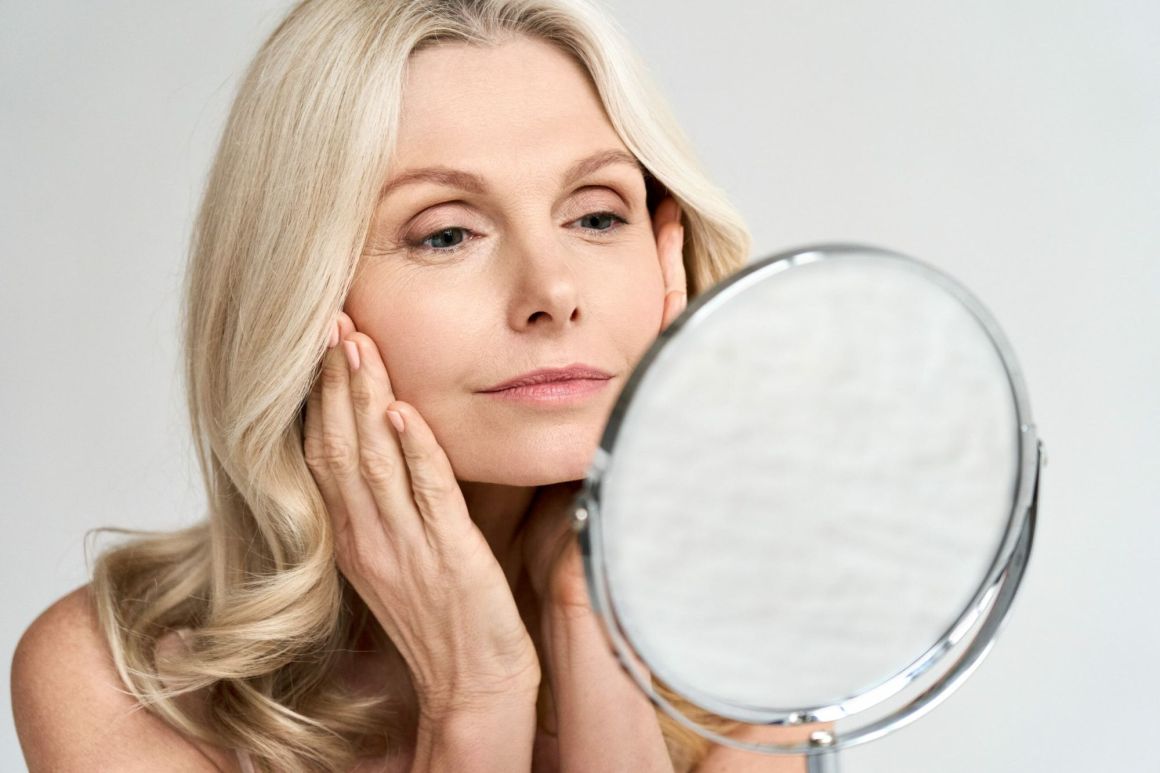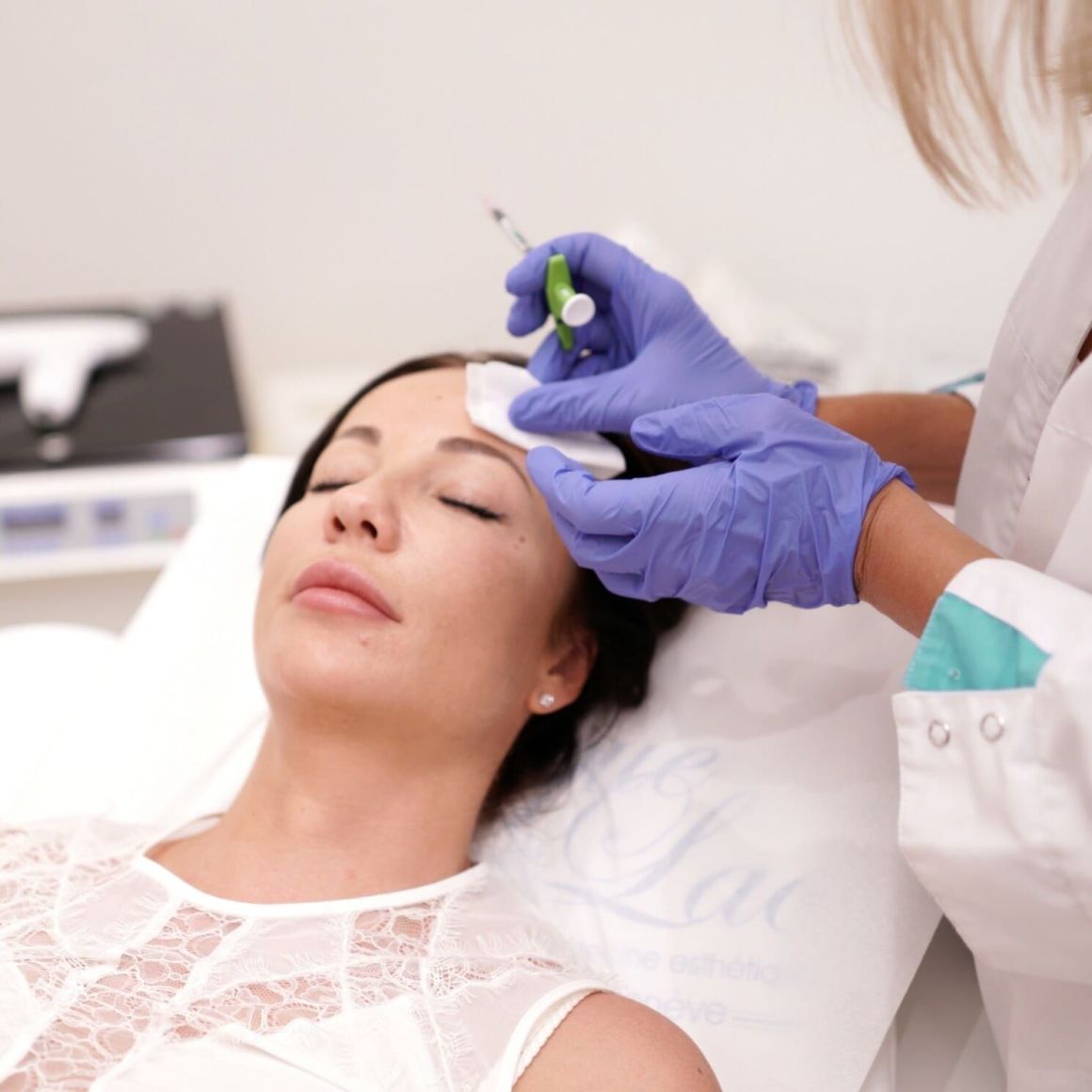
Renseignements pratiques sur la toxine botulique
C’est le traitement des rides du haut du visage par injection dans le muscle, rapidement et sans anesthésie.
On agit véritablement sur la cause de la ride (l’hyperaction du muscle responsable de la ride).
Pour la première fois, avec un produit injectable, on obtient des résultats comparables au lifting frontal en remplaçant la section chirurgicale d’un muscle par sa dénervation chimique.
Il ne s’agit pas de faire disparaître toutes les rides mais d’éclairer le regard en ouvrant le muscle orbiculaire et en élevant le sourcil.
La toxine botulique agit sur :
- Réduction des rides et ridules : Ce traitement est souvent utilisé pour atténuer l’apparence des rides et des ridules, en particulier sur le front, entre les sourcils (rides du lion) et autour des yeux (pattes d’oie). Il détend temporairement les muscles responsables de ces rides, ce qui donne un aspect plus lisse à la peau.
- Relaxation musculaire : La toxine botulique agit en bloquant les signaux nerveux qui provoquent la contraction des muscles. Cela peut être bénéfique pour traiter des affections telles que les spasmes musculaires, les contractions involontaires des muscles, ou certaines formes de dystonie.
- Prévention des rides : Il est également utilisé préventivement pour retarder l’apparition des rides en empêchant la contraction excessive des muscles responsables des rides d’expression. Il est souvent recommandé aux personnes plus jeunes qui souhaitent préserver un aspect plus frais et plus jeune de leur peau.
- Contrôle de la transpiration excessive : La toxine botulique peut être utilisée pour traiter l’hyperhidrose, qui se caractérise par une transpiration excessive. Les injections dans les zones touchées bloquent temporairement les signaux nerveux responsables de la surproduction de sueur.

